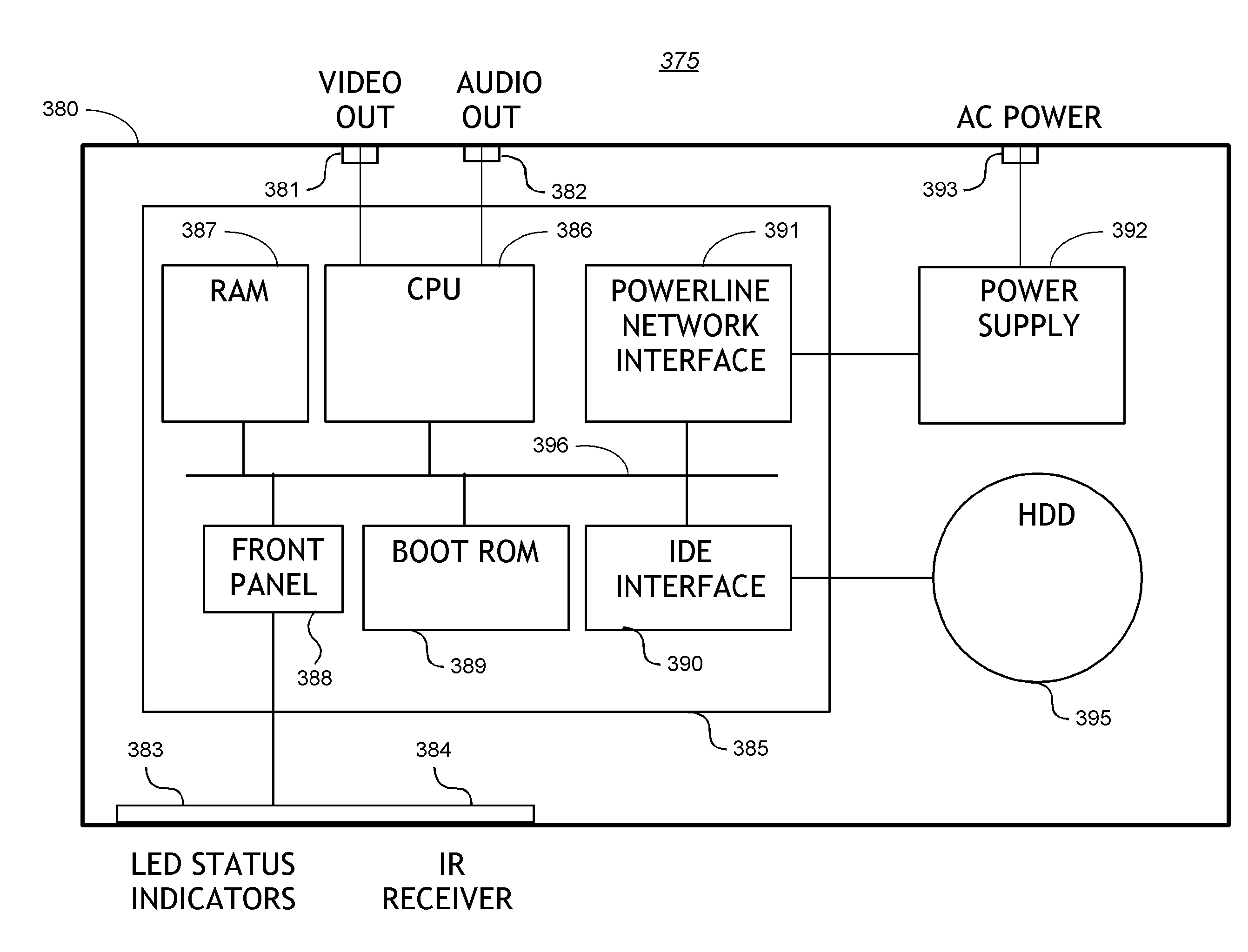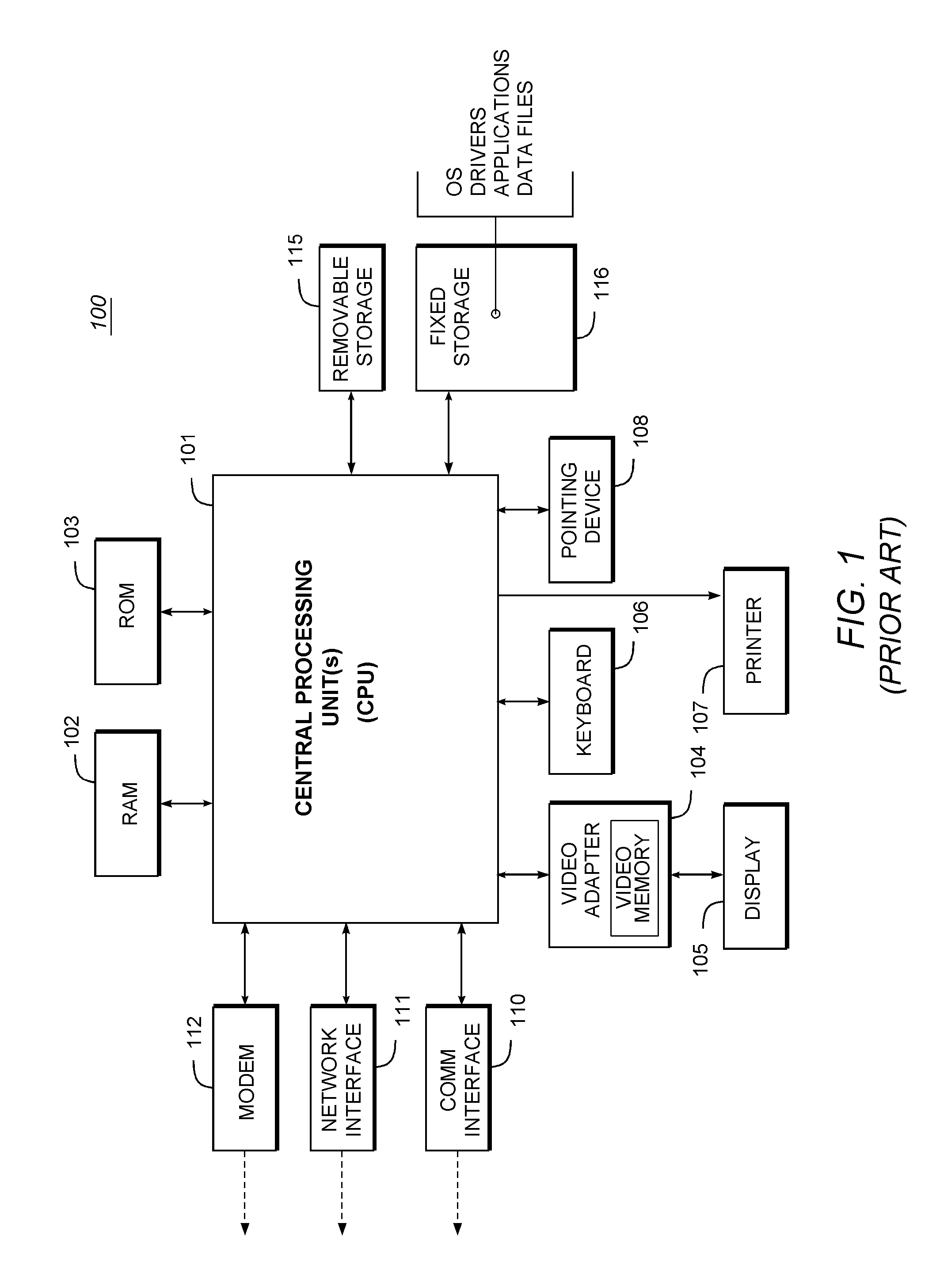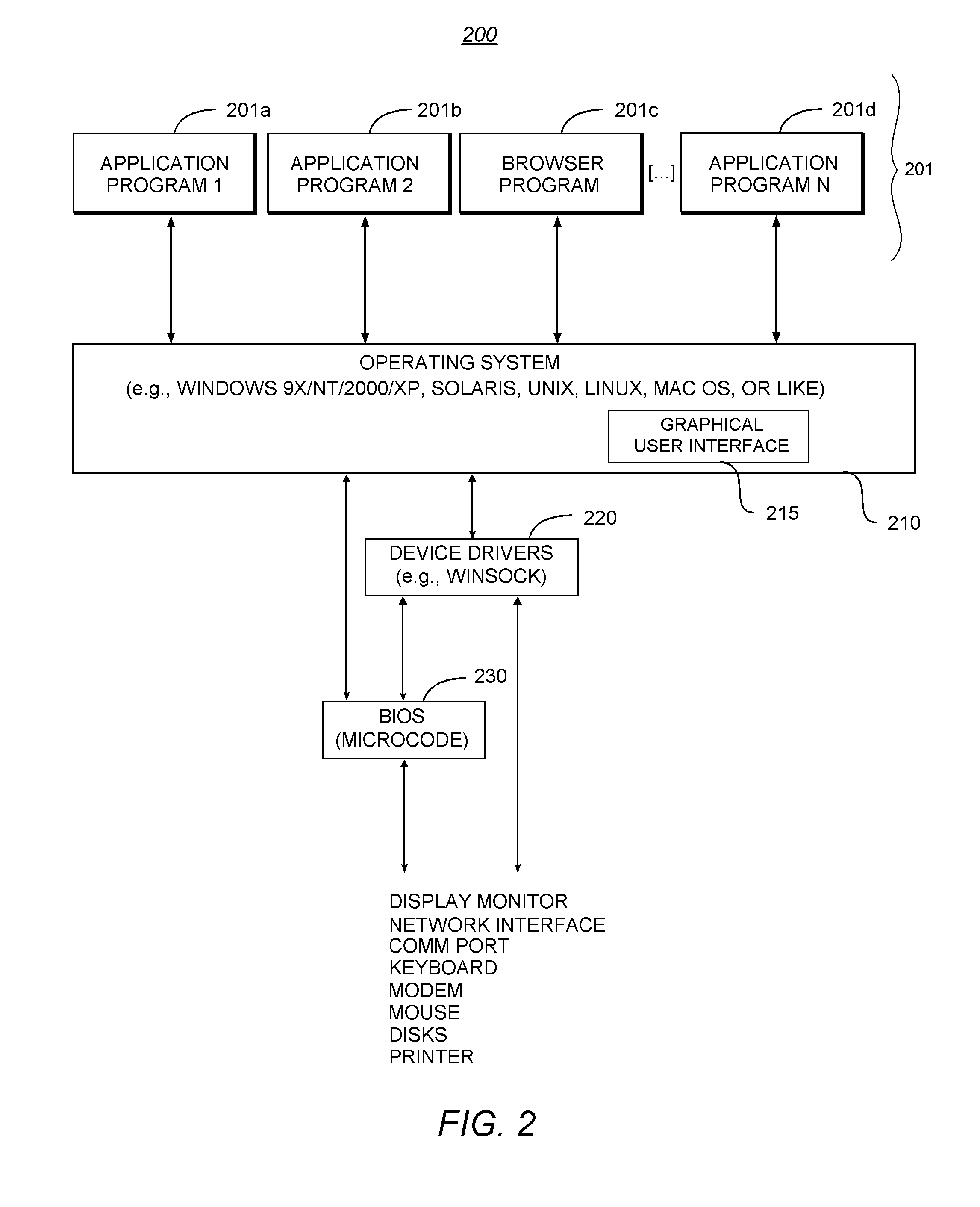System and methodology for distributed delivery of online content in response to client selections from an online catalog
a technology of online content and client selection, applied in the field of system providing methods for the distribution and playback of media content, can solve the problems of constant shifting of actual content available to a given user on the network, ppv and (especially) vod not being particularly good use of broadcast bandwidth, and foregoing advantage turns into a disadvantag
- Summary
- Abstract
- Description
- Claims
- Application Information
AI Technical Summary
Benefits of technology
Problems solved by technology
Method used
Image
Examples
Embodiment Construction
Glossary
[0046]The following definitions are offered for purposes of illustration, not limitation, in order to assist with understanding the discussion that follows.
[0047]HomePlug: HomePlug is a networking standard for using existing electrical power lines in homes and offices to network together computing devices. Typically, a HomePlug-compliant device is connected to a computer (e.g., plugged into a USB or Ethernet port) and then into an AC wall jack. The HomePlug device translates the data coming from the computer into a signal that travels over the AC wires, using a different frequency than (and not interfering with) the ordinary current coursing through the same wire. HomePlug uses existing electrical wiring to move data as fast as 14 Megabits per second (Mps). For further description of HomePlug and powerline networking, see e.g., Gardner, S., et al “HomePlug Standard Brings Networking to the Home” available from the HomePlug Powerline Alliance, the disclosure of which is hereb...
PUM
 Login to View More
Login to View More Abstract
Description
Claims
Application Information
 Login to View More
Login to View More - R&D Engineer
- R&D Manager
- IP Professional
- Industry Leading Data Capabilities
- Powerful AI technology
- Patent DNA Extraction
Browse by: Latest US Patents, China's latest patents, Technical Efficacy Thesaurus, Application Domain, Technology Topic, Popular Technical Reports.
© 2024 PatSnap. All rights reserved.Legal|Privacy policy|Modern Slavery Act Transparency Statement|Sitemap|About US| Contact US: help@patsnap.com










